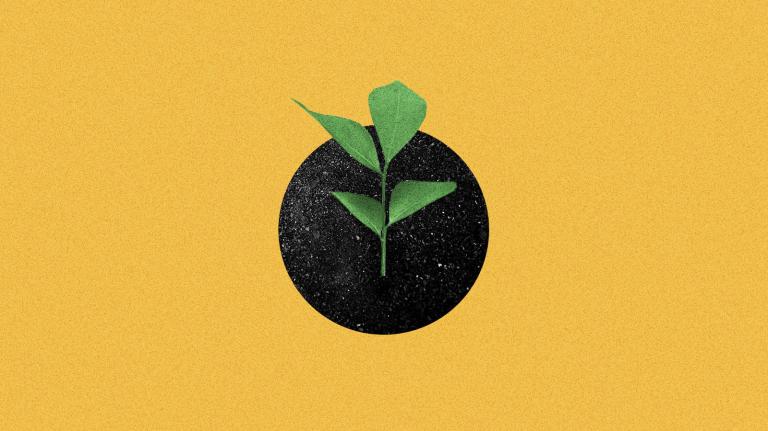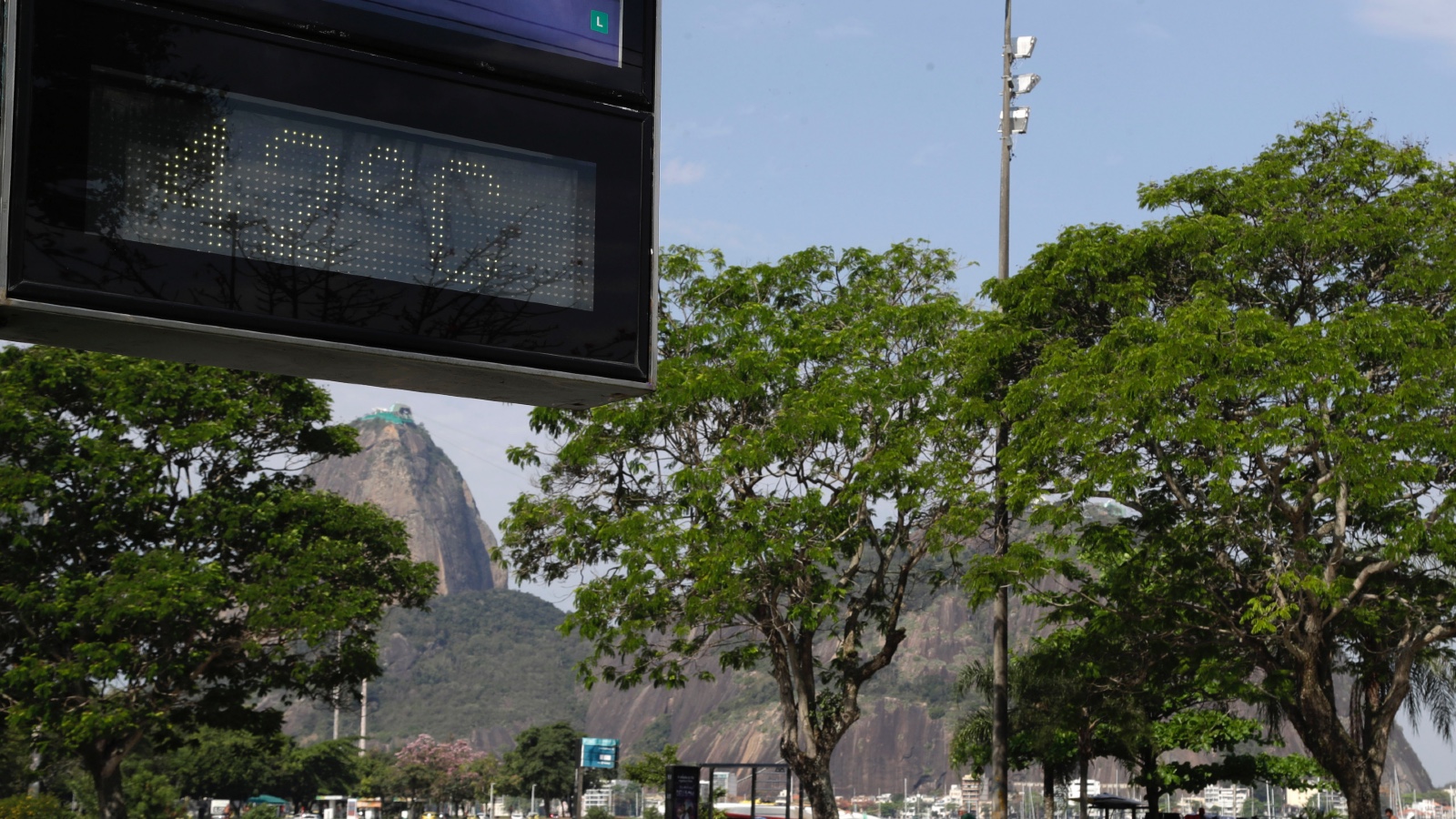This story is part of Record High, a Grist series examining extreme heat and its impact on how — and where — we live.
As the Northern Hemisphere emerges from the hottest summer on record, South America has, for now anyway, taken up the planet’s extreme-heat mantle. Winter just ended there, but a large swath of the continent is sweltering under an unprecedented heat dome that’s pushing temperatures above 110 degrees Fahrenheit in parts of Brazil. That could leave people paying more for a cup of joe.
The hot, dry conditions, spurred by El Niño’s warming of the tropical Pacific Ocean, have sparked wildfires and are threatening the livelihoods of farmers in a country that produces more coffee and soybeans than any other. The heat, coupled with a lack of rain, has disrupted the start of Brazil’s soy-planting season, and could keep coffee trees from fruiting. Java prices have surged globally as a result.
“There is always an impact from these conditions,” Jose Braz Matiello, a researcher at Brazil’s Funcafe agency, told Reuters, referring to the country’s coffee production. “But it is something that will take time to evaluate.”
The worst of the heat has been in Brazil, where searing highs between 107 and 111 degrees F made the country one of the hottest places in the world, according to the weather organization MetSul Meteorologia. It had predicted conditions in the nation’s south-central and southeastern regions would rival “the deserts of Saudi Arabia, Iran, and Iraq.” The hottest temperature ever recorded in Brazil is 112.6 degrees F, set during the late spring of 2020.
As odd as it may seem for winter in South America’s largest nation to feel like summer in the Middle East, the blistering conditions should come as no surprise: Scientists have long warned that climate change is making heat waves worse, and the ongoing El Niño is only amplifying the effect. In July, the Earth was as hot as it has been in 120,000 years.
Brazil’s National Institute of Meteorology has classified this hot spell as a “great danger,” but rising mercury isn’t the only concern. The warm front and high winds sparked wildfires in Bahia, a state in Brazil’s northeast. Farther south, smoke from forest fires has coated buildings and reportedly blocked navigation on the Amazon River. The suffocating weather also could foment heavy rain. If storms materialize, they would follow a cyclone that caused floods that killed dozens of people, and displaced thousands more, in the country’s southern states of Rio Grande do Sul and Santa Catarina.
The heat dome, which is also stifling parts of Bolivia and Argentina, mirrors a rare wave of searing temperatures that swept across central South America last month. Residents of Buenos Aires donned shorts and whipped out fans to endure the strange winter heat, which broke records in Paraguay and hit triple-digits in the Chilean Andes. Clear skies and copious sunshine heated the ground and led to another bout of heat in Brazil in late August, when temperatures in Rio de Janeiro broke 100 degrees F. (Black spider monkeys at the Rio zoo shed their winter fur early and are sucking on watermelon ice pops to cool down.)
“These temperatures are going to keep on rising,” a meteorologist in Chile told the New York Times last month. Forecasts suggest that the coming summer in Brazil could be the country’s warmest on record.
For the country’s soy and coffee farmers, who raise more than a third of the world’s supply of those crops, that’s not good news. Triple-digit temperatures and minimal rainfall can scorch soybeans. And Coffea arabica, the world’s dominant species of coffee plant, is especially sensitive to heat, even short-term spells. That’s one reason that researchers predict planetary warming could shrink the amount of land suitable for growing the beans by 50 percent in coming decades.




